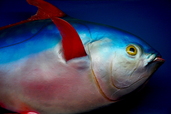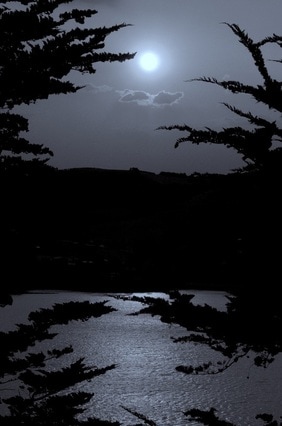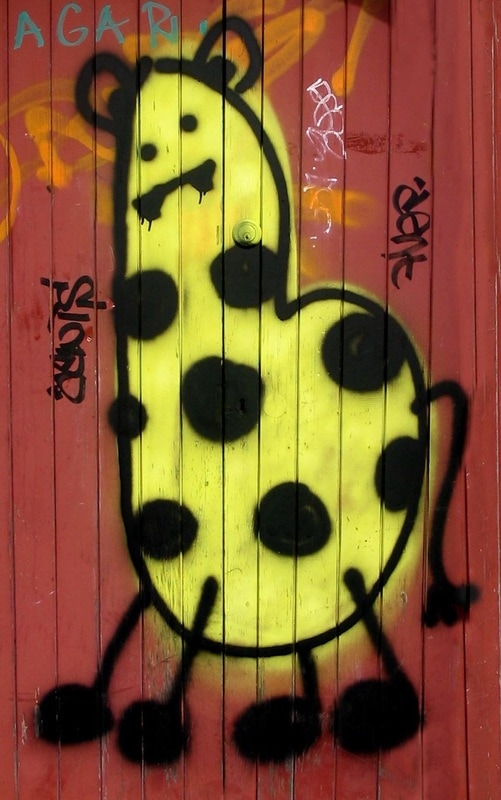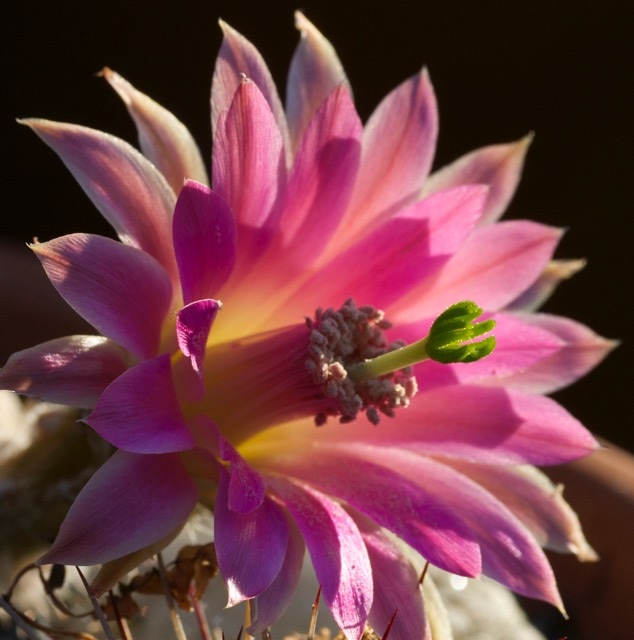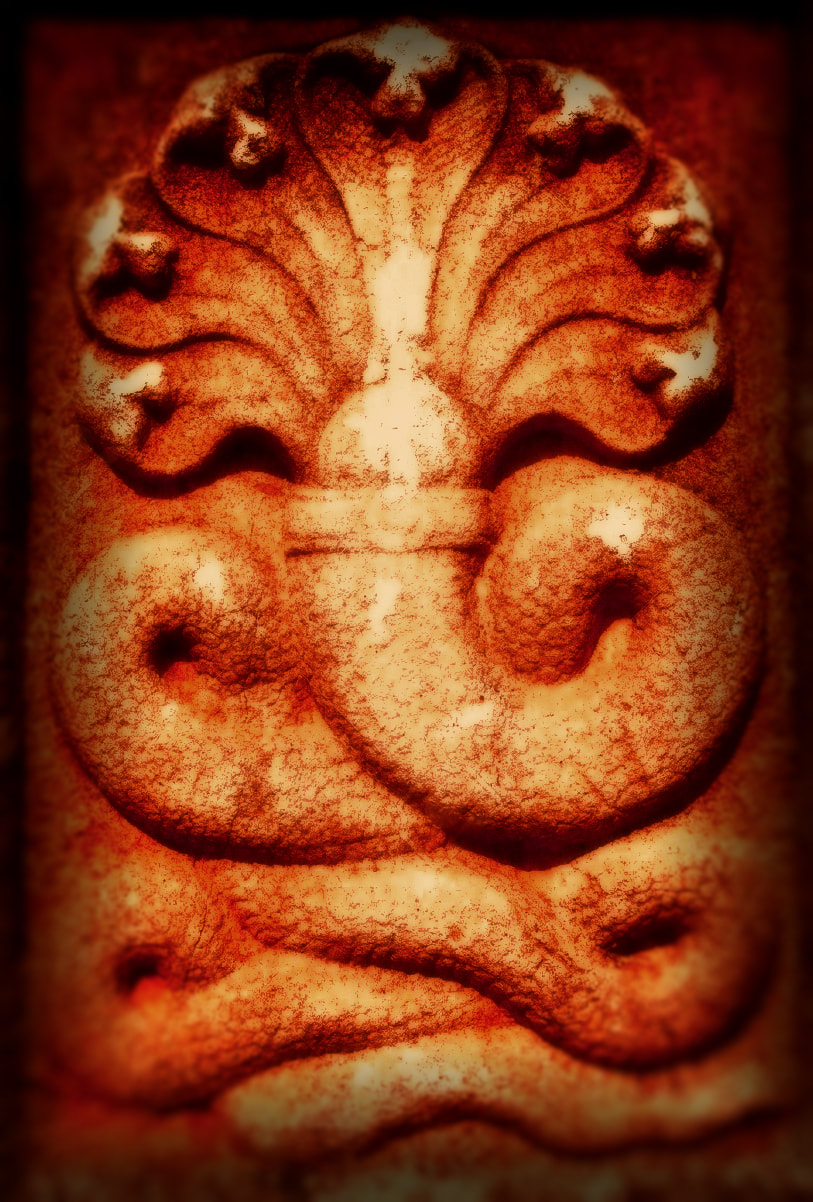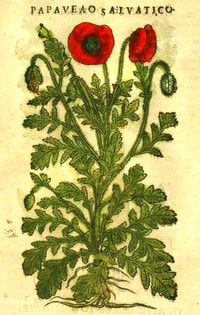There is more
|
I haven't had this species long so I can't really comment as to its ease of cultivation and durability, but I thought I'd post some clear pics of this nice little group of young bulbs as it emerged in early summer. As mentioned before, I had lost a bunch of Arisaemas after planting them out without pondering our soggy winters; they went off to plant heaven soon after that fateful day so maybe don't plant them out unless they're protected by a dry, snowy winter or tree cover that will keep them from rotting. To provide some perspective, this flower is about as large as my thumbnail, but it is full of intriguing, lizardy detail- veiny striations, an almost furtive little hood and pale, waxen spadix. The lemon yellow in the spathe curls around a smoky umber throat. Arisaema flavens is a variable species/cluster that originates from an enormous range stretching from Ethiopia to Sichuan, so you may not be shocked to hear it has a bulletproof reputation and is probably a good and inexpensive candidate for the cobra lily novice. I keep mine in a dry bark-heavy mix under cover over winter and put them out in late spring to wake up and catch the rain, but they're staying potted. Arisaemas are forest creatures, by and large, so don't bake them in the sun as maltreatment will cause the bulbs to dwindle over time. Some are invasive and you should check out their weed potential in your area before unleashing them on your unsuspecting biome. Most are perfectly benign, though. Some of the rarer, trendy species are fuuuucking expensive. I don't suggest you start with those guys since attrition can be frustratingly high before you find your cultural footing. This site is a great, unpretentious resource for the enthusiast. |
Independent Creativity
|

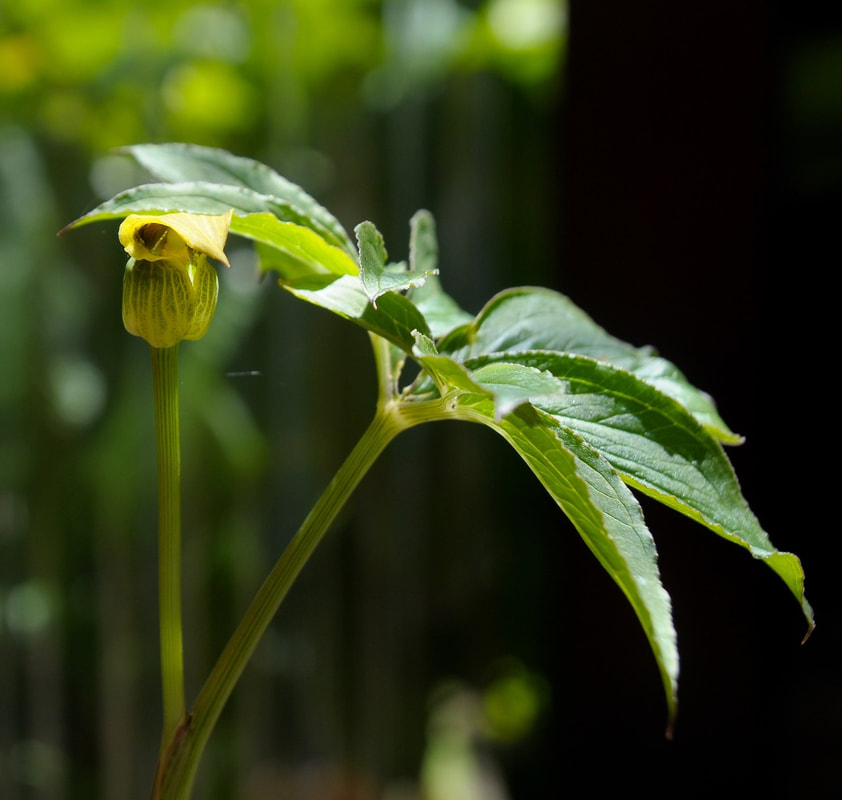





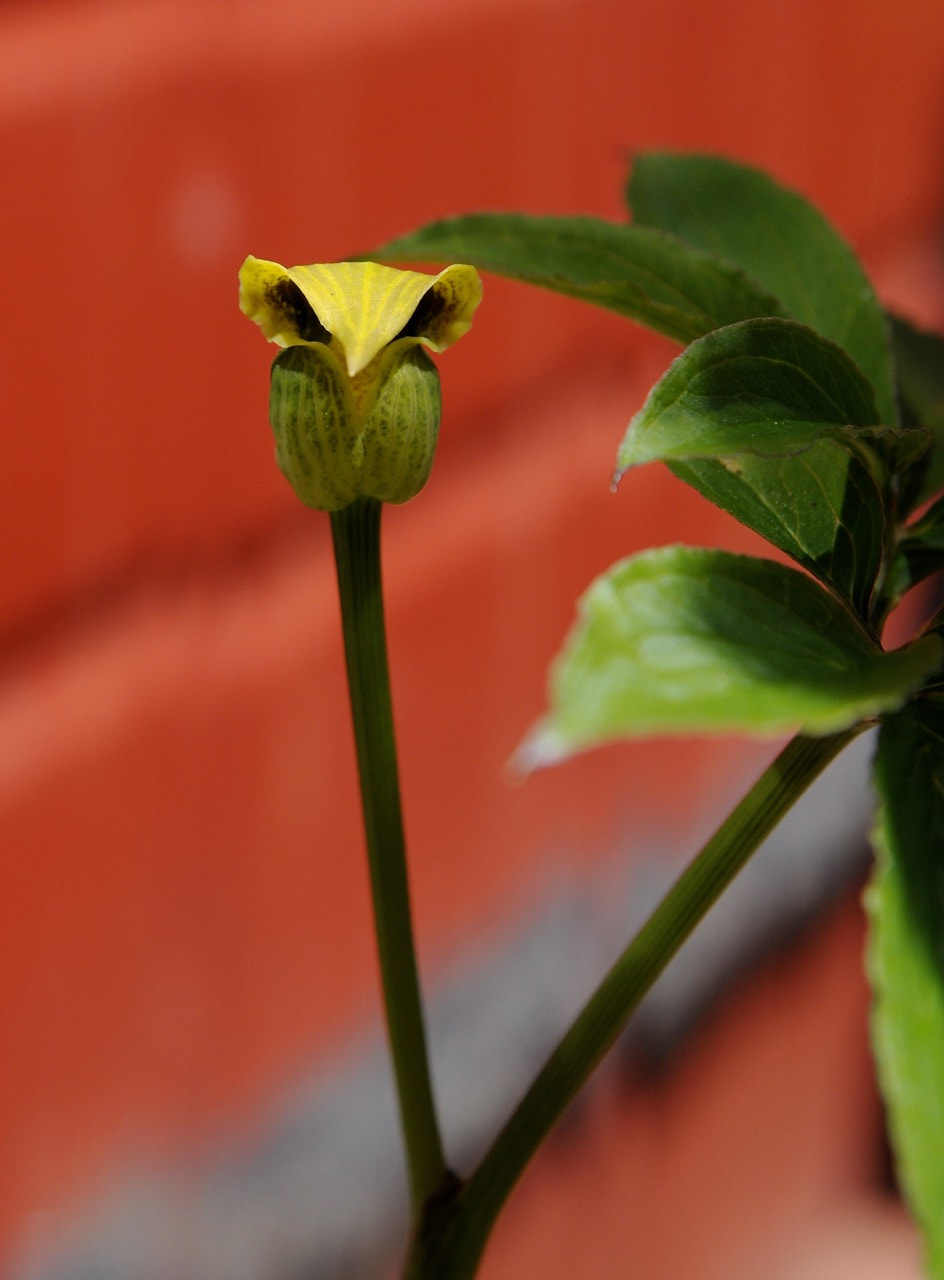
 RSS Feed
RSS Feed



